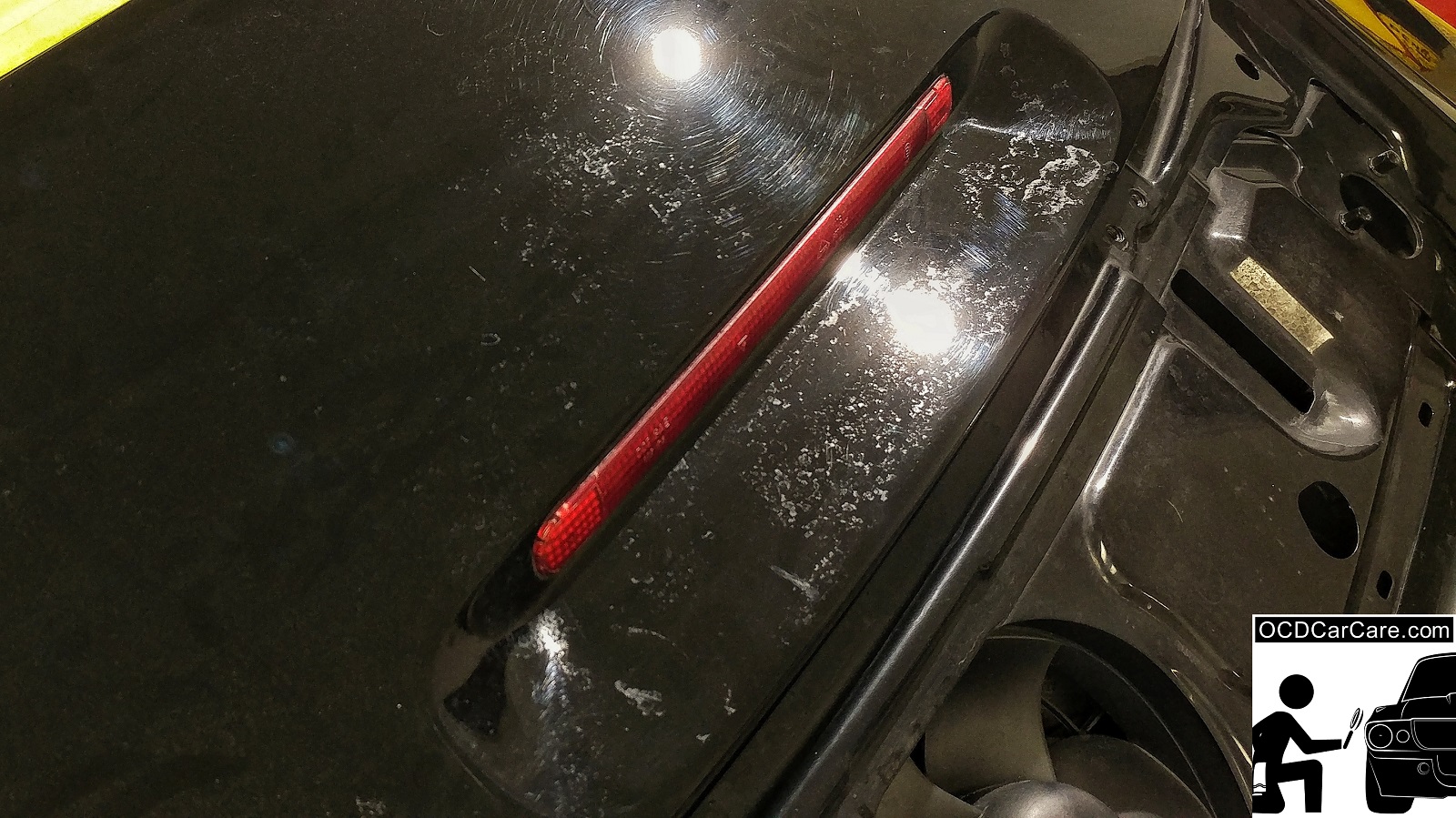Advanced Modern Technology Behind Ceramic Coating Philadelphia for Ultimate Defense
Advanced Modern Technology Behind Ceramic Coating Philadelphia for Ultimate Defense
Blog Article
Why Ceramic Layer Is the Ultimate Service for a Perfect Complete
Ceramic covering has actually arised as a leading option for those looking for a flawless coating for their vehicles, thanks to its impressive durability and protective attributes. What elements really set ceramic finishing apart?
What Is Ceramic Finishing?

When applied properly, ceramic covering produces a hydrophobic surface that pushes back water and dirt, making it simpler to preserve and clean up. Unlike conventional waxes or sealers, which commonly offer brief defense, ceramic layers can last for numerous years, relying on the product high quality and application technique. The process of using ceramic covering requires precise prep work, including extensive cleaning and in some cases paint improvement, to make sure optimal bonding and performance.
Ceramic coverings are not restricted to auto surfaces; they can additionally be made use of on various materials, consisting of glass, metal, and plastics, providing a flexible solution for enhancing security. In general, ceramic covering represents a significant development in surface area protection technology, integrating both functional and aesthetic benefits for a variety of applications.
Benefits of Ceramic Coating
While lots of surface area defense options exist, the advantages of ceramic finishing stick out due to its special homes and durable efficiency. One of the key advantages is its outstanding sturdiness. Ceramic Coating Philadelphia. Unlike conventional wax or sealants that need frequent reapplication, ceramic finishings provide a resistant layer that can last for a number of years, substantially minimizing upkeep initiatives
Another notable benefit is enhanced defense versus environmental contaminants. Ceramic layers produce a hydrophobic surface that repels water, dust, and various contaminants, making it simpler to clean up. This feature not just maintains the automobile's appearance yet additionally lessens the risk of rust and oxidation, specifically in harsh weather.
Additionally, ceramic coatings supply premium resistance to UV rays, preventing fading and destruction of paint over time. This UV security is crucial for maintaining the aesthetic worth of surfaces and lorries exposed to guide sunshine.
Furthermore, the shiny surface achieved with ceramic layer enhances the general visual charm, giving surface areas a showroom-quality sparkle. On the whole, ceramic finishes represent a considerable advancement in surface protection innovation, offering long-lasting advantages that satisfy both visual and practical needs.
Just How It Functions
Recognizing the scientific research behind ceramic finishings discloses just how they supply such impressive defense and long life. At its core, a ceramic layer is a liquid polymer that chemically bonds with the car's manufacturing facility paint.
The application procedure involves numerous actions, including surface prep work, which is essential to accomplishing ideal adhesion. As soon as applied, the covering goes through a treating procedure, during which it solidifies and develops a semi-permanent bond with the paint surface. This bond is what identifies ceramic coverings from traditional waxes and sealers, providing a longer-lasting protective obstacle that can sustain for several years.
Additionally, the density of the finishing can enhance its protective qualities, making sure that it can endure rough problems. Inevitably, the science of ceramic coatings incorporates sophisticated products with innovative application methods to provide an exceptional level of security and he has a good point visual enhancement for lorries.
Comparison With Typical Approaches
When compared to standard paint defense techniques such as sealers and waxes,The advantages of ceramic coatings come to be especially evident. While waxes offer a short-term shine, generally lasting a few weeks to a number of months, ceramic layers provide a lasting safety layer that can sustain for numerous years. This durability considerably decreases the regularity of reapplication, making ceramic coatings an extra cost-effective solution gradually.
Additionally, conventional techniques commonly require substantial prep work and multiple applications to attain a satisfying level of security. In comparison, ceramic finishings bond at a molecular degree with the car's find more info surface area, producing a robust shield against environmental contaminants like UV rays, acid rainfall, and road salts. This bond improves the lorry's resistance to scratches and swirl marks, which are widespread with conventional waxes and sealers.
Furthermore, the hydrophobic residential properties of ceramic finishes repel water and dust, leading to much easier cleaning and upkeep. In comparison, wax and sealant-treated surface areas can bring in crud, demanding even more constant washing - Ceramic Coating Philadelphia. Overall, ceramic finishings not only give premium security yet also supply a more aesthetically enticing and enduring finish, establishing them as the favored choice for critical vehicle proprietors
Application and Maintenance Tips

Using a foam applicator, apply the coating in small sections, following the maker's guidelines pertaining to thickness and overlap. Enable adequate curing time in between coats, generally 24 hr, to ensure appropriate bonding. After application, it is crucial to avoid exposure to water or extreme elements for a minimum of a week to enable the covering to completely cure.
For upkeep, wash the car regularly with pH-balanced soaps and stay why not try these out clear of unpleasant products. Touchless auto washes are suggested to reduce damaging. Furthermore, using a ceramic upkeep spray can boost the coating's hydrophobic residential properties and longevity. Normal evaluations for any kind of signs of wear will certainly help maintain the coating's honesty and maintain that immaculate surface.
Verdict
In conclusion, ceramic layer emerges as a premium alternative for achieving a flawless auto surface. By forming a durable bond with manufacturing facility paint, ceramic finishing properly guards versus scratches, UV rays, and ecological impurities.

Report this page